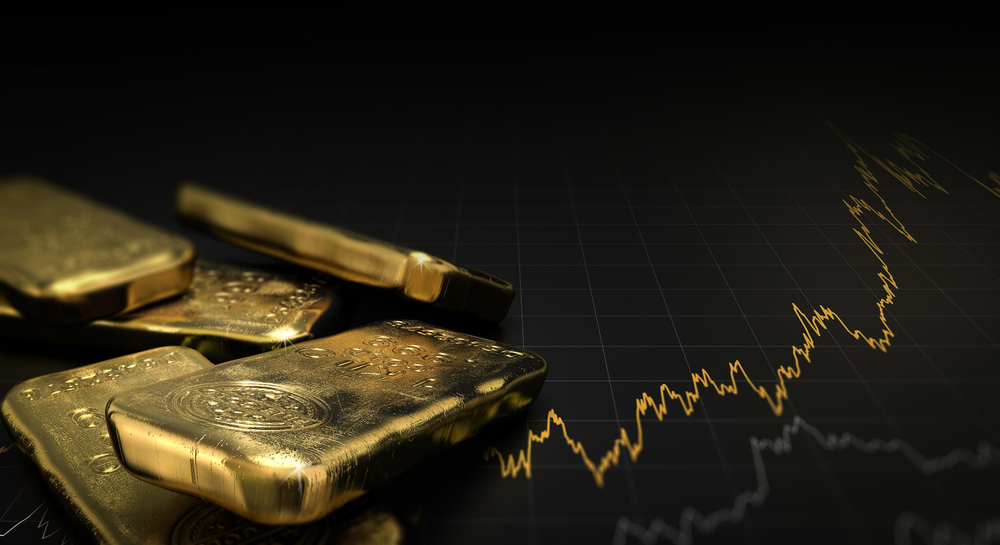On Tuesday, during the US trading session, the price of gold managed to break the all-time high. This was in the wake of the bullish trend that has accompanied gold since the beginning of this year.* This sharp rise is largely attributed to growing expectations that the Federal Reserve will move to cut interest rates at its upcoming September meeting. The question for investors is clear: "Buy or wait?"
Record gold prices
The spot price of gold increased by 1.92% on 16 July to a new all-time high of USD 2 469.09 per ounce. Gold futures contracts fixed for August delivery reached a high of USD 2 487.4 per ounce today, Wednesday 17 July. These milestones underscore the strong uptrend in the gold market, supported by favourable economic indicators and monetary policy forecasts. *
Catalysts for the sharp growth
The main factor behind the escalation in gold prices is the anticipation of an interest rate cut by the Federal Reserve (Fed). Recent data indicating moderate inflation as measured by the Consumer Price Index, coupled with dovish signals from Fed officials, have reinforced these expectations. Market participants currently estimate a more than 90% probability of a 25 basis point rate cut in September, with a smaller group of participants betting on a possible cut of as much as 50 basis points. [1]
Also contributing to the bullish sentiment are recent comments by Fed Chairman Jerome Powell, which indicate growing confidence that inflationary pressures are easing. He further suggested that the central bank could begin cutting rates before inflation firmly reaches its 2% target, departing from traditional principles for easing monetary policy.
Macroeconomic data
Recent retail sales data, which support the case for lower interest rates, revealed a cooling US economy, although the data slightly beat expectations. This cooling is seen as a reason for the Fed to adopt a more accommodative monetary stance to sustain economic growth.
The impact of lower interest rates on gold
The prospect of lower interest rates has benefited gold and other precious metals in the past by reducing the opportunity cost of holding non-yielding assets. In the current scenario, gold prices have gained further momentum with the dollar weakening in response to the expected rate cut, reaching as low as the June lows. This trend is undoubtedly reflected in other precious metals as well. Platinum and silver futures have also seen their prices rise. *
Conclusion
The confluence of dovish Fed policy, a weakening dollar and muted economic data points to a favourable environment for investors. As the Federal Reserve prepares for its September meeting, market participants will watch closely for further economic indicators and Fed communications. Based on these aspects, investors may consider increasing their positions in gold and other precious metals, in the event of a short-term downturn. Buying at highs is considered riskier than buying in a reasonable decline, bringing a more favourable risk/reward potential ratio. This strategic positioning could protect from potential market volatility towards the end of the year when America holds its presidential election, increasing the resilience of the portfolio in uncertain economic times.
* Past performance is no guarantee of future results
[1] Forward-looking statements are based on assumptions and current expectations, which may be inaccurate, or on the current economic environment, which may change. Such statements are not guarantees of future performance. They involve risks and other uncertainties that are difficult to predict. Results may differ materially from those expressed or implied by any forward-looking statements.
Price evolution over the last five years: https://tradingeconomics.com/commodity/gold


